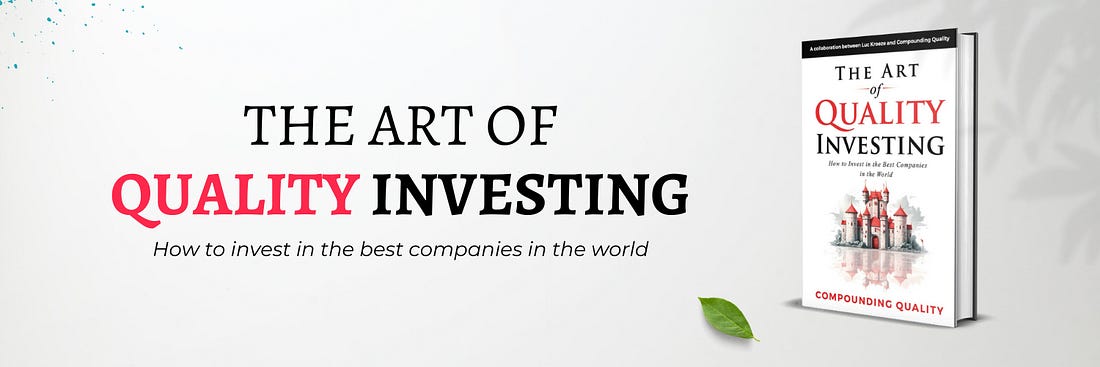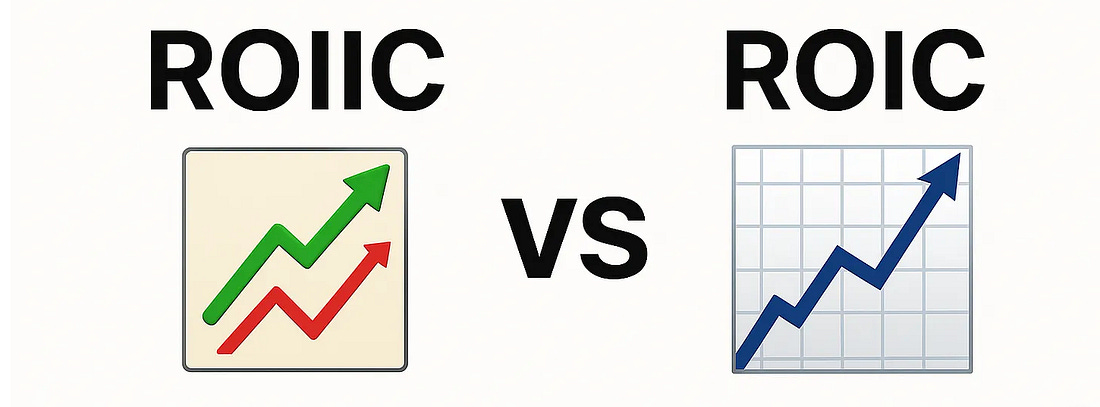|
 |
You probably already heard about ROIC.
It’s a very important metric as it looks at the capital allocation skills of management.
But have you ever heard about ROIIC? Let’s teach you everything you need to know today.
Return on Invested Capital (ROIC)
Let’s first refresh your memory and look at Return on Invested Capital (ROIC).
The ROIC shows how efficiently management is using its capital.
Here’s how you calculate it:
ROIC = NOPAT / Invested Capital
NOPAT = Net Operating Profit After Tax
Invested Capital = Total Assets – Non-Interest-Bearing Current LiabilitiesIf a company has a ROIC of 30%, it means it generates $30 in profit (after tax) for every $100 you invest as a shareholder.
The higher the ROIC, the better. As a general rule, we look for companies with a ROIC above 15%.
Here’s what Charlie Munger has to say about return on capital:
Here are some interesting quality stocks with a ROIC > 15%:
 |
You want to learn even more about ROIC? Read this article.
Return on Incremental Invested Capital (ROIIC)
Warren Buffett said the following in his annual shareholder letter of 1992:
"The best business to own is one that, over an extended period, can employ large amounts of incremental capital at very high rates of return."ROIIC stands for Return on Incremental Invested Capital. It’s a very important but often overlooked metric.
The ROIIC shows how efficiently a company generates returns on the new capital it invests.
Here’s how you calculate it:
ROIIC = Change in NOPAT / Change in Invested Capital
In other words:
ROIIC = (NOPAT Year 2 - NOPAT Year 1) / (Invested Capital Year 2 - Invested Capital Year 1)So the difference between the two formulas looks as follows:
ROIC = NOPAT / Invested Capital
ROIIC = Change in NOPAT / Change in Invested CapitalFor example, a ROIIC of 20% means that for every extra $100 a company invests, it generates $20 in additional profit for you as a shareholder.
The higher the ROIIC, the better. Look for companies with an ROIIC over 15%.
You don’t want to calculate the ROIIC yourself? There is a handy workaround you can use.
When a company’s ROIC gradually increases over the years, you know the business has a high ROIIC.
Visa is a perfect example of this:
 |
Here’s a onepager with the essentials of ROIIC:


